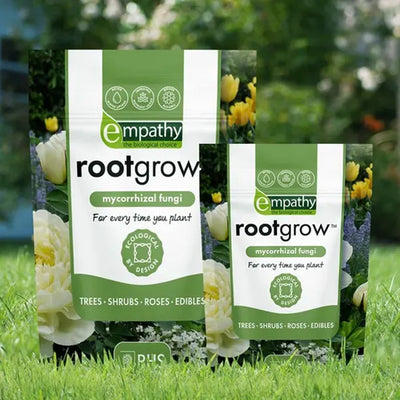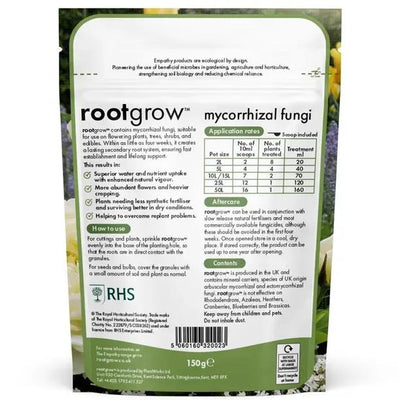Italian Alder Saplings / Hedging
-
Use: Hedge, erosion prevention, wet site planting
-
Height: Up to 30m as tree, clips to any height as hedge
-
Growth: Fast. Upright, conical crown
-
Soil: Any
-
Light: Full sun
-
Type: Deciduous tree, nitrogen fixer
-
Species: Alnus cordata
-
Bareroot Delivery Only: Nov-March
Appearance, Growth & Uses
Italian Alder is a vigorous, graceful deciduous tree with glossy green leaves and a neat, tear-drop shaped canopy.
Alnus cordata is the best Alder for hedging. It looks good as a low-maintenance, informal hedge that could be clipped hard every other year.
It's also an excellent screening and windbreak tree.
The catkins in late winter provide early pollen for bees. They start off bright yellow, providing a brief period of interest before they mature and lose their colour.
It can reach 30 metres as a tree, although 20 metres is more typical.
All alders have nitrogen-fixing bacteria living on their fibrous roots, perfectly suited for reclaiming sites with degraded soil and preventing erosion.
Features
Growing Conditions
-
Soil: Any soil except very sandy
-
Light: Full sun
-
Moisture: Tolerates waterlogged or dry soil
-
Avoid: Shade, very sandy soils
-
Maintenance: Can be pruned every other year as a windbreak, or twice a year as a garden hedge
-
Hardiness: Hardy, but use Common Alder in exposed areas
Italian Alder will grow well in pretty much any soil. It tolerates chalk, strong winds, urban pollution, poor dry soil and waterlogging.
Out of all the Alders, it's the best choice for dry soils.
It needs full sun to thrive.
Even though it's hardy, Italian Alder is still a Mediterranean tree.
We suggest planting native Common Alder in exposed North-Eastern and Scottish regions.
Garden Design Ideas
Alder is a classic pioneer tree that is often used to prevent soil erosion and to reclaim sites with especially poor soils, due to the bacteria living in nodules in its roots, which fix nitrogen from the air into the soil, improving it for other plants over time, especially as the tree ages and dies, or is pruned.
It's ideal as a windbreak on a blustery hillside, or to create a grand walkway either side of a wide path or driveway.
In a meadow, swathes of cow parsley look lovely around Italian alders.
Ideal tough country hedging that grows well on poor or waterlogged soils.
History & Trivia
Native to southern Italy and Corsica, Italian Alder was introduced to the UK around 1820.
The wood's reddish-brown colour is valued in carpentry. It's good for turning, carving, moulding, veneer, panelling, and traditional clogs.
It has phenomenal rot resistance below the water line, famously used for supports and piles underneath Venice.
It's a classic subject for beginner bonsai growers due to its vigour and forgiving nature.
Italian alder makes good firewood, easy to light and burning brightly.
Former botanical names: Alnus tiliacea, Alnus cordifolia

 Secure, One-Tap Checkout
Secure, One-Tap Checkout
 Hand Picked, Delivered to Your Door!
Hand Picked, Delivered to Your Door! 1 Year Bareroot Guarantee
1 Year Bareroot Guarantee











